To divide a plant whose roots form offsets (small plants growing at the base of a larger one), snap the connection between any of the sections to obtain a piece with ample roots and three or more growing points (or “eyes”). Some denser clumps may have to be cut apart. In this video, author and instructor Janet Macunovich demonstrates dividing perennials with roots that form offsets.
Plants that form offsets include asters (Aster spp. and cvs., USDA Hardiness Zones 4–8), coneflowers (Echinacea purpurea and cvs., Zones 3–9), hostas (Hosta spp. and cvs., Zones 3–8), and tickseeds (Coreopsis spp. and cvs., Zones 4–9).
Related videos
Introduction to Dividing Perennials
Dividing Plants with Surface Roots
Dividing Plants with Underground Running Roots
Dividing Plants with Woody Roots
Related article

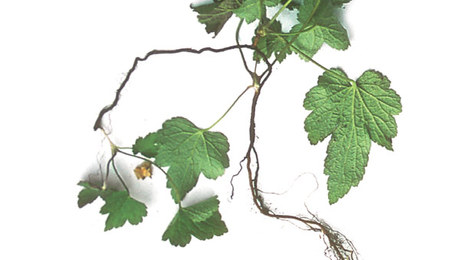
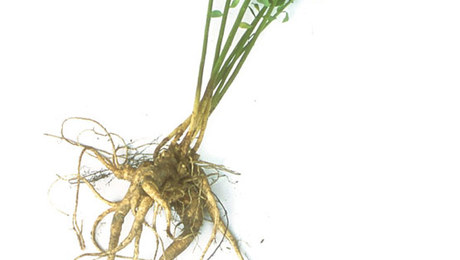

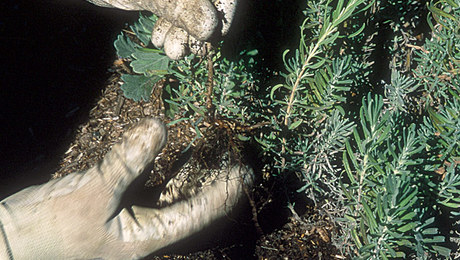
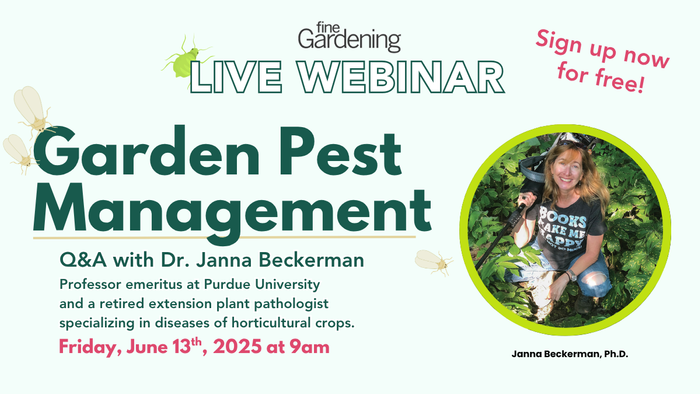

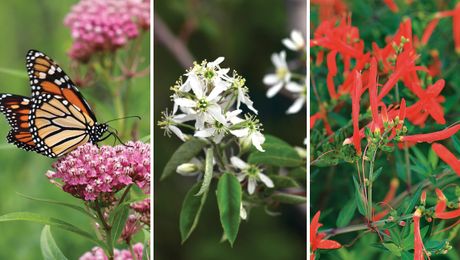


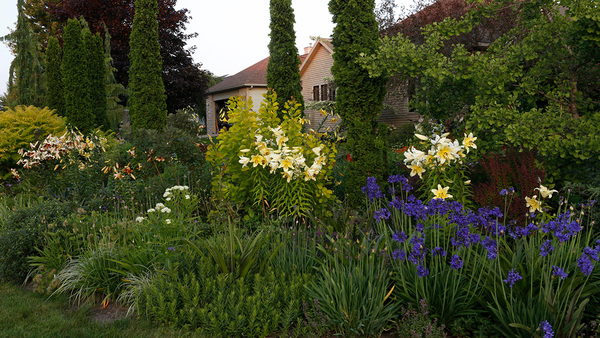







Comments
Log in or create an account to post a comment.
Sign up Log in